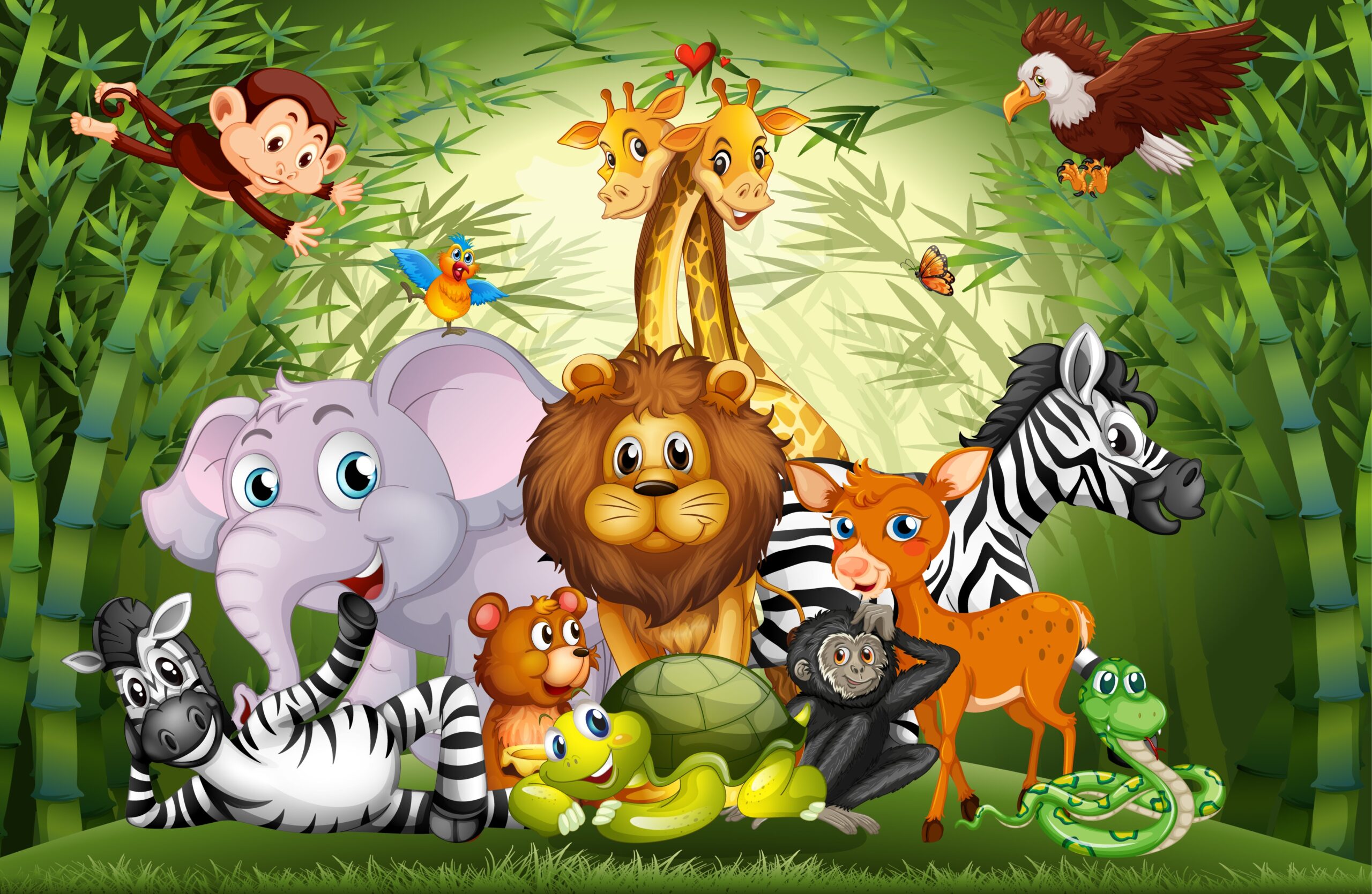One animation style that has endured over the years is called Rubber Hose Animation. It’s easy to understand why so many people find such charm and nostalgia in this design. This in-depth introduction to rubber hose animation will take you on a journey through its history, techniques, and how to make your own rubber hose-style animations, whether you’re an aspiring animator, a curious enthusiast, or just looking to learn more about the art form.


2 thoughts on “Rubber Hose Animation The Ultimate Guide”